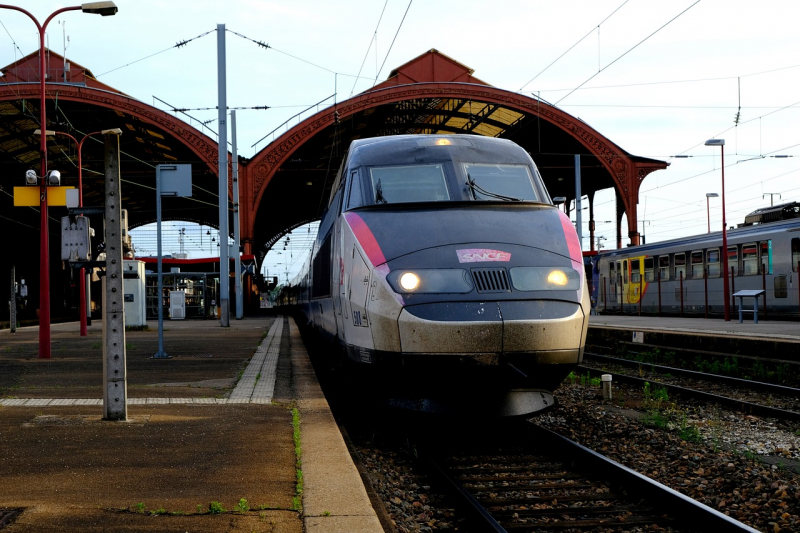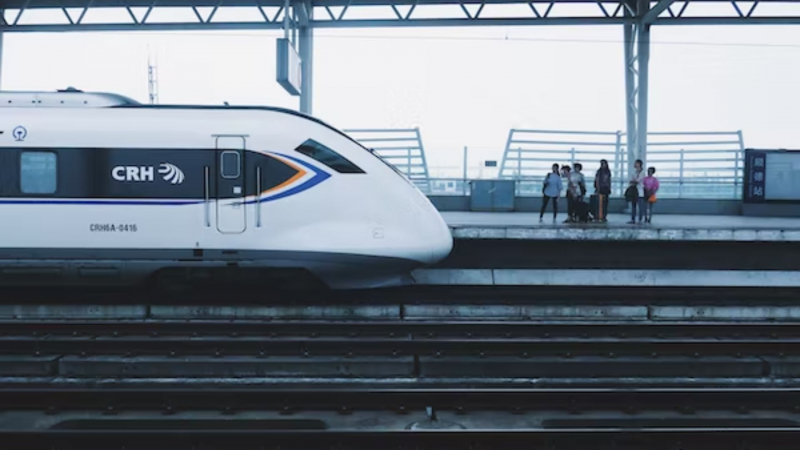Cost Is Rising
The first reason why California high-speed rail is struggling is that the cost is rising. At first, the proposal predicted that building the project would cost 33 billion dollars, with the first trains running within 12 years. 9 billion in state-issued bonds were issued to help finance the project, with the federal government of the United States and private investors set to provide the remaining funds. Additionally, the cost of the 500-mile-long phase one of the system connecting San Francisco with Los Angeles and Anaheim has increased threefold from the initial sticker price to at least 105 billion, making it one of America's most expensive civil engineering projects ever and the largest single investment in California history. Yet since that estimate is based on some outdated assumptions from 2019, like an average inflation rate of just 3%, the actual price will almost definitely be substantially higher. Unfortunately, many of these assumptions are out of date, and the ultimate price will very probably be higher given that yearly inflation rates are already running hot at well over 8%.
Even with the projections for 2019, that still amounts to about one-fifth of the cost of the entire US interstate highway system, which spans across nearly 50,000 miles in all 50 US states and Puerto Rico and accounts for the majority of the vehicle miles driven by the country's 320 million+ residents. Nevertheless, since the California high speed rail system was put before voters in 2008, more than only the prices have increased significantly. From that time, the system's construction has been concentrated on completing the 171-mile central portion that runs through the Central Valley. Beginning with a connection between Bakersfield South and Merced in the north, commuters will have the option to transfer to the already-existing Altamont corridor express and sand walk-ins and track rail routes to connect to either Sacramento or the Bay Area, as well as to Bakersfield South's three-way bus service that runs all the way down to Los Angeles.





